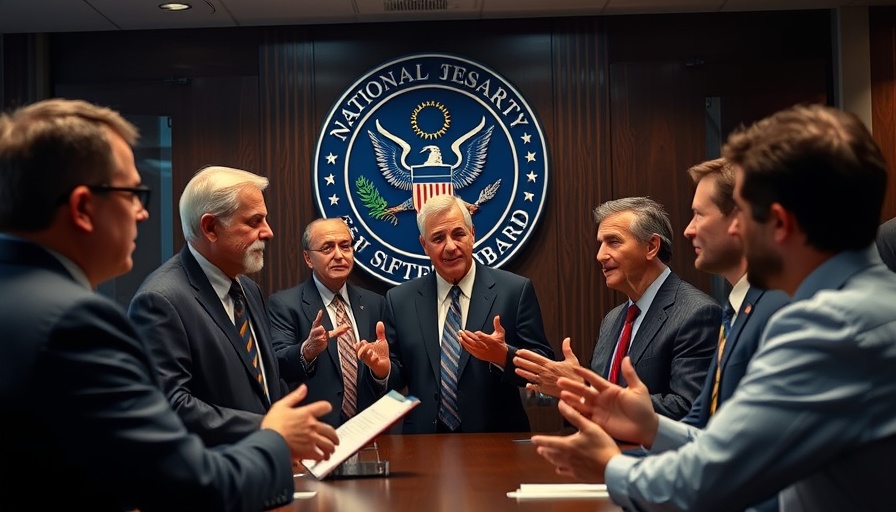
Reassessing Safety: FAA's Response to Tragedy
In the wake of the tragic mid-air collision on January 29 involving an American Airlines regional jet and an Army helicopter, which claimed 67 lives, the Federal Aviation Administration (FAA) is making significant changes to helicopter routes around Ronald Reagan Washington National Airport. According to FAA official Nick Fuller, this is part of a broader initiative to enhance air traffic safety and avoid similar tragedies in the future.
The collision raised serious concerns about the communication breakdown within the FAA, particularly between front-line air traffic controllers and agency leaders. This disconnect hints at larger systemic issues within aviation safety protocols, previously brought to light during National Transportation Safety Board (NTSB) hearings. Questions arise as to why previous near-miss incidents weren't addressed more proactively by the FAA, and whether more could have been done to prevent the accident.
Lessons from the Ground: The Importance of Active Safety Measures
The latest route changes are not just adjustments but a reactive approach to a disaster that leaves many wondering about oversight in aviation practices. The steps taken by the FAA, such as imposing permanent restrictions on non-essential helicopter operations and further routing restrictions, should be viewed as a necessary evolution in response to community safety needs.
Moreover, the FAA's commitment to re-evaluating helicopter operations highlights the need for ongoing assessment and adaptation of air traffic management policies. As the aviation industry evolves with technological advancements, so too must its regulatory frameworks.
Public Safety: A Primary Concern
The FAA's decision to change helicopter routes is a vital step toward improving public safety. Ensuring that air traffic controllers have the tools and knowledge necessary to manage complex airspace effectively will enhance the overall safety of both commercial aviation and emergency flight operations.
With safety measures under scrutiny, industry stakeholders must engage in a dialogue focused on transparency and accountability in air traffic management. This conversation should also extend to include community perspectives, as those most affected by helicopter operations deserve to have a voice in aviation safety debates.
The Future of Air Traffic Management: Insights
As air travel continues to grow, the FAA will need to balance increased demand for airspace with safety requirements. Future predictions indicate that with the rise of urban air mobility projects—such as electric vertical takeoff and landing aircraft—safety and regulatory frameworks will need to adapt rapidly to prevent further incidents.
Investing in smarter technologies for air traffic management could help mitigate risks without compromising efficiency. This may involve transitioning towards more automated systems that can support human controllers, ultimately leading to safer skies.
Global Standards in Aviation Safety
While the FAA is addressing domestic safety concerns, it must also consider international aviation standards. Collaborating with global aviation bodies can lead to the sharing of best practices and enhance safety measures worldwide.
Countries facing similar air traffic challenges could benefit from this shared knowledge, creating a more unified approach to aviation safety. As global air travel continues to integrate, a coordinated safety strategy becomes essential.
Takeaways for the Aviation Industry
The tragic collision and subsequent FAA actions underscore the critical need for vigilance in air safety regulations. All stakeholders in the aviation sector—from regulators to airline executives to the flying public—must reinforce their commitment to safety. This can take shape in various forms, including advocacy for robust training programs for air traffic controllers and other aviation personnel.
Engagement with local communities around air traffic issues also plays a pivotal role in fostering trust and transparency. The FAA must promote collaborative efforts to prevent accidents and enhance overall public safety.
In conclusion, the aviation sector stands at a crossroads where the lessons from tragic events must guide future practices. By prioritizing safety through proactive measures, regulatory updates, and community dialogue, there is potential to forge a safer aviation landscape for all.
 Add Row
Add Row  Add
Add 



Write A Comment